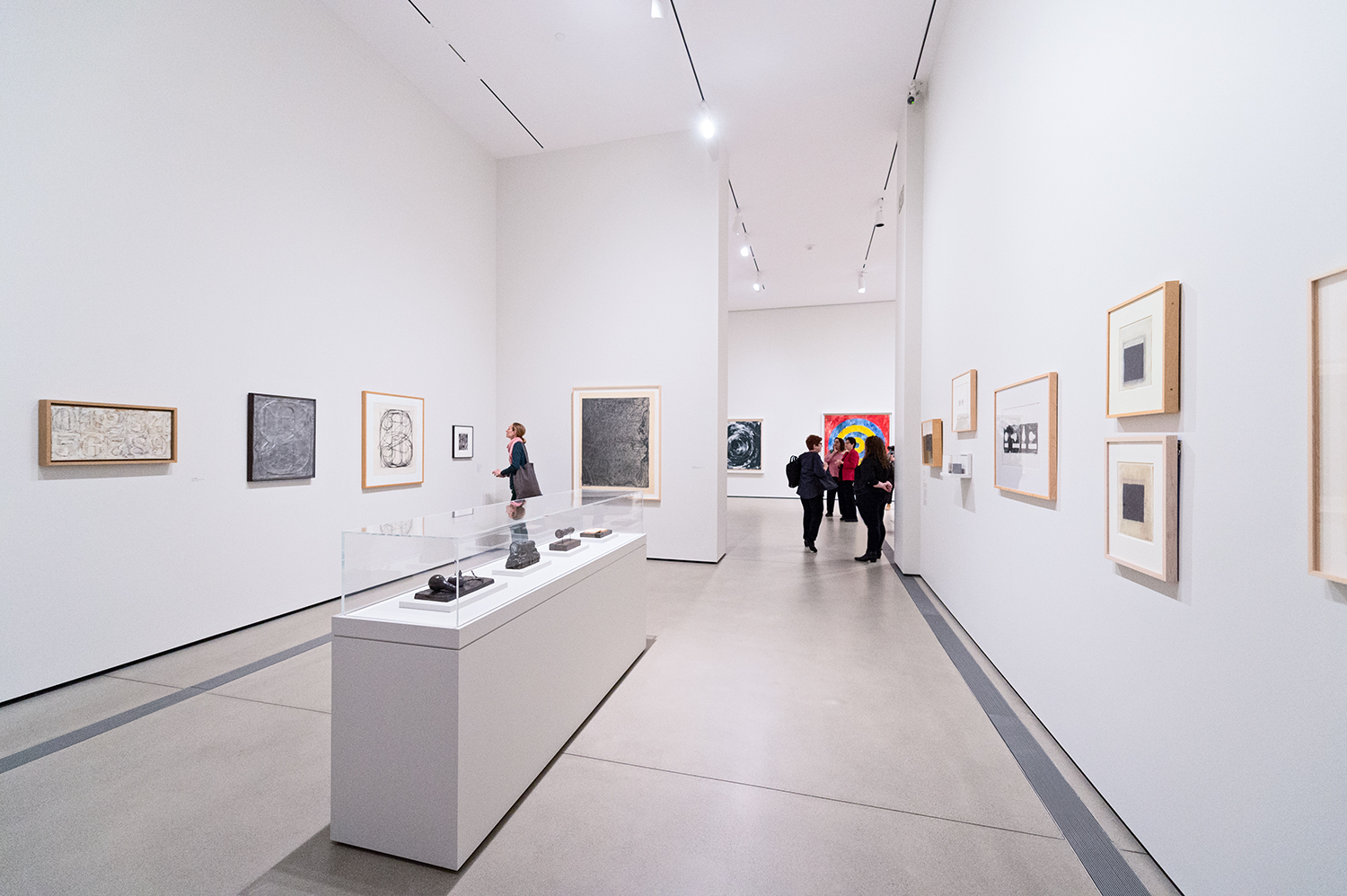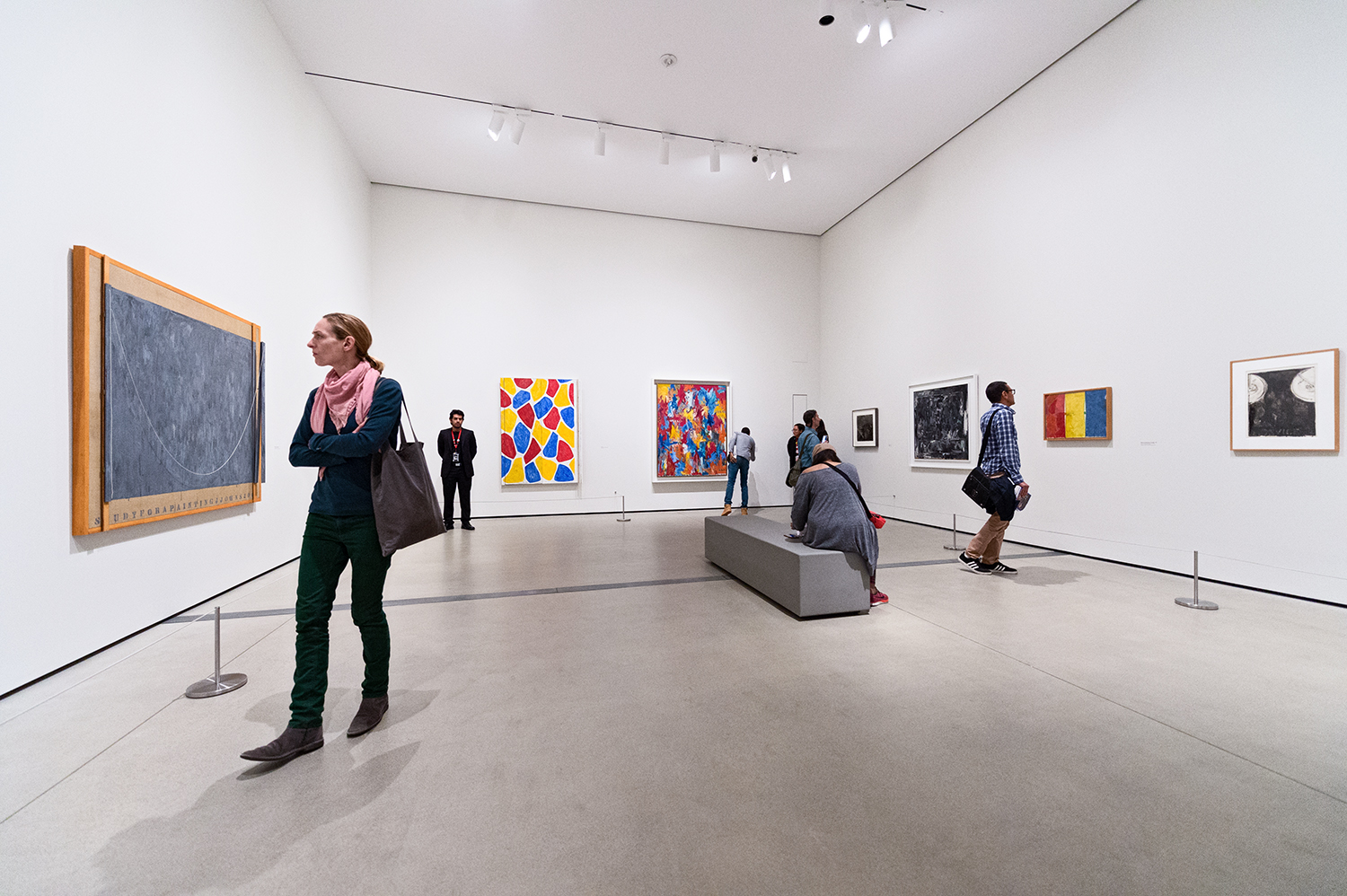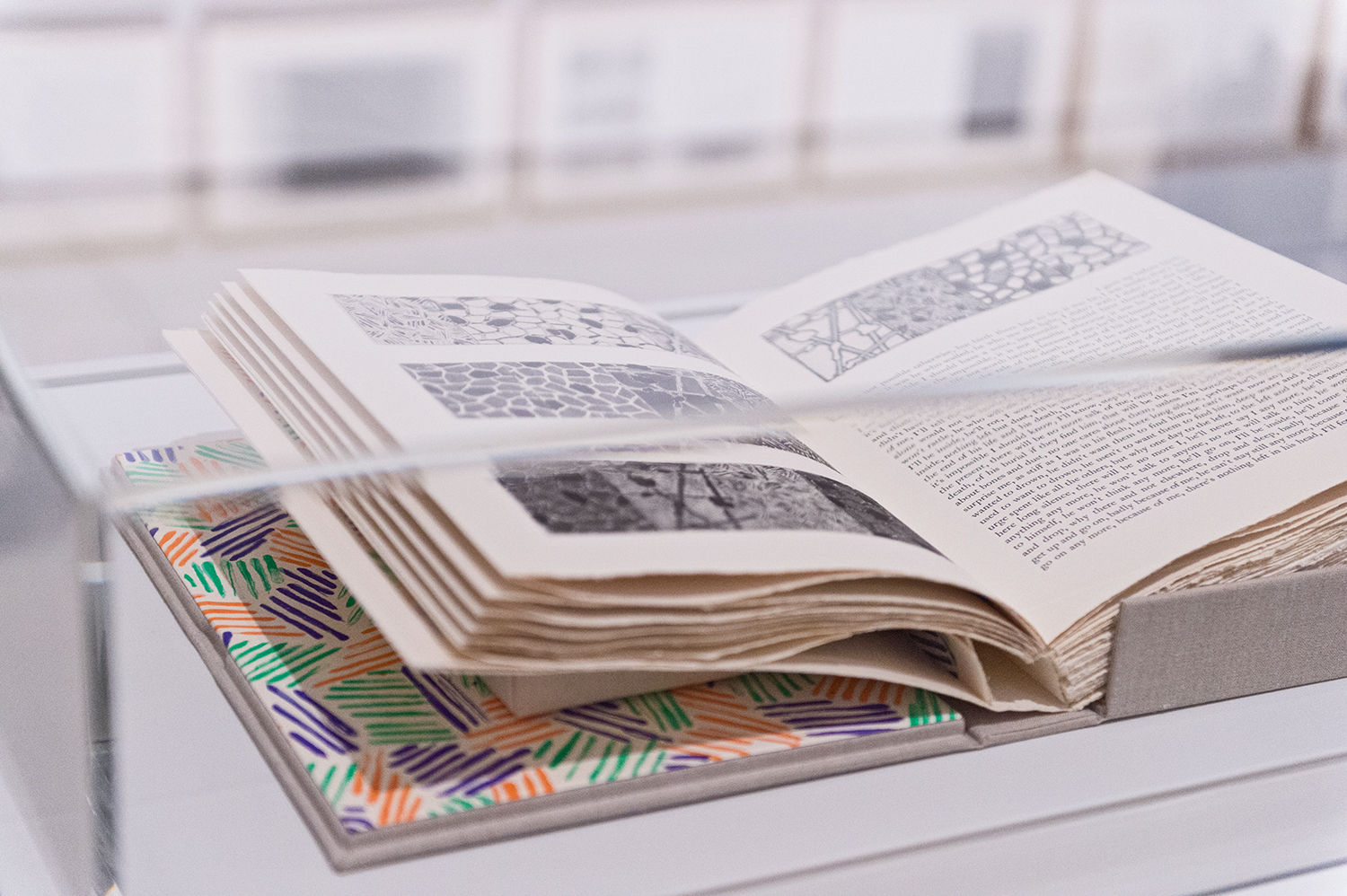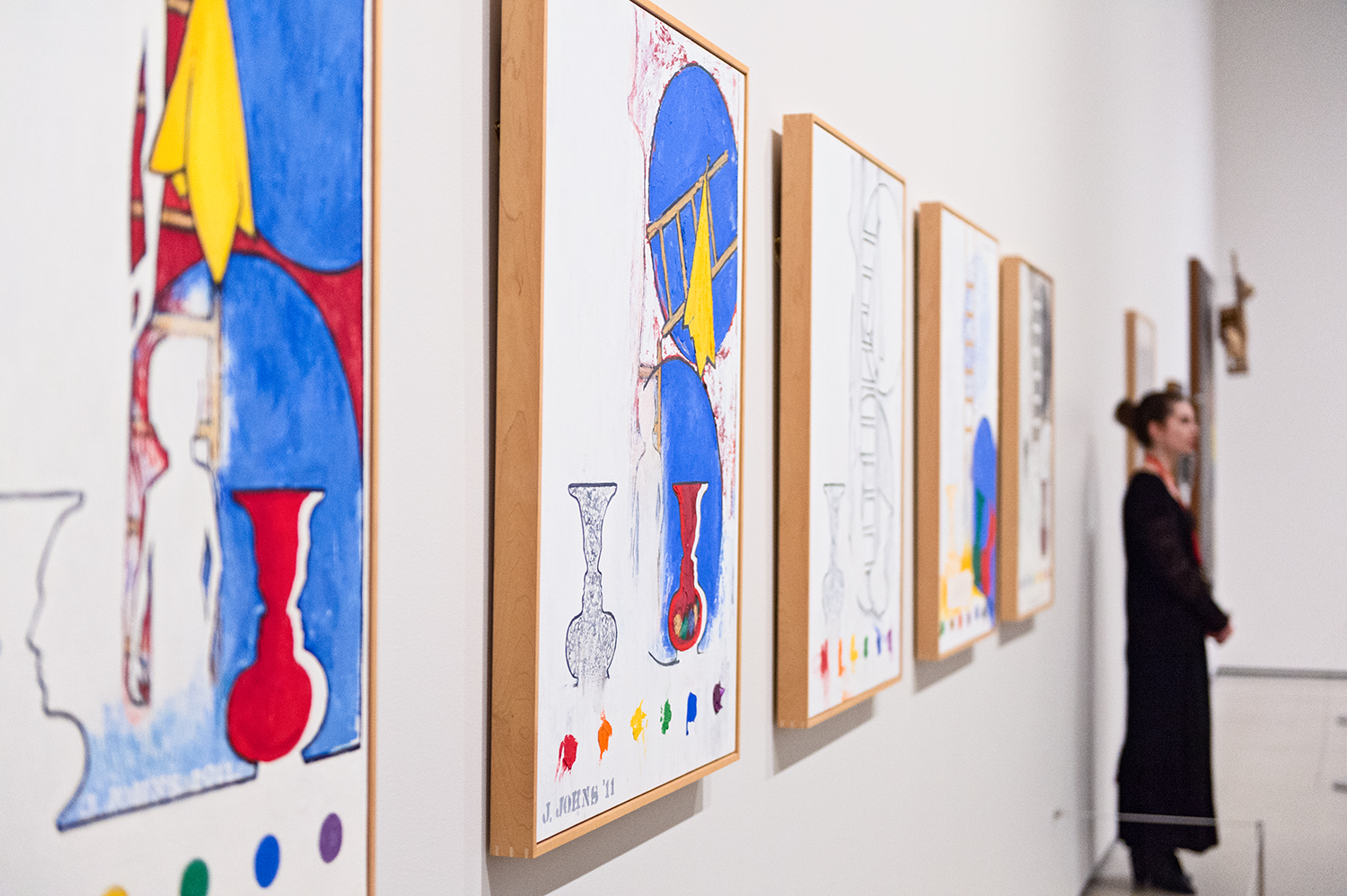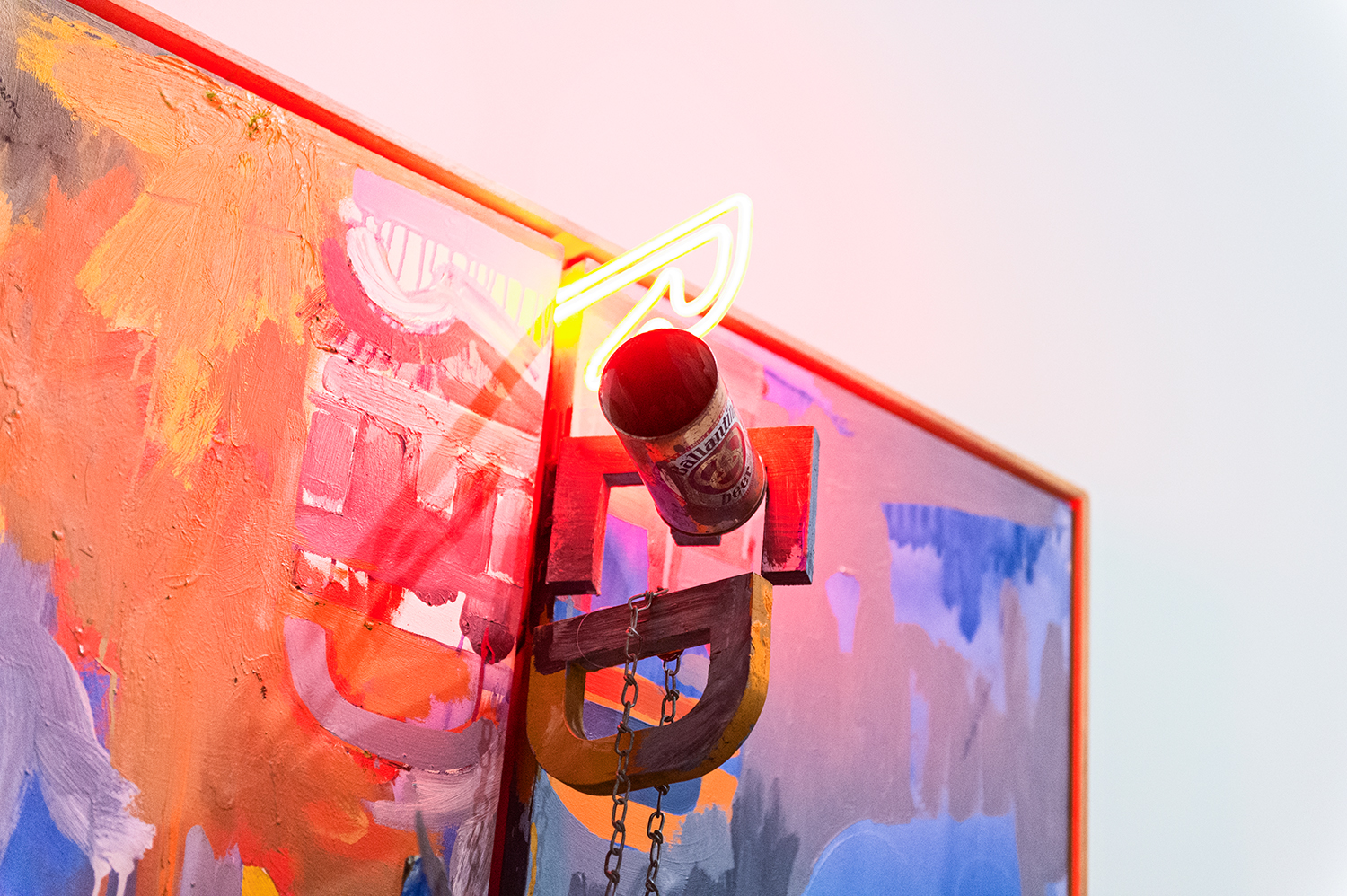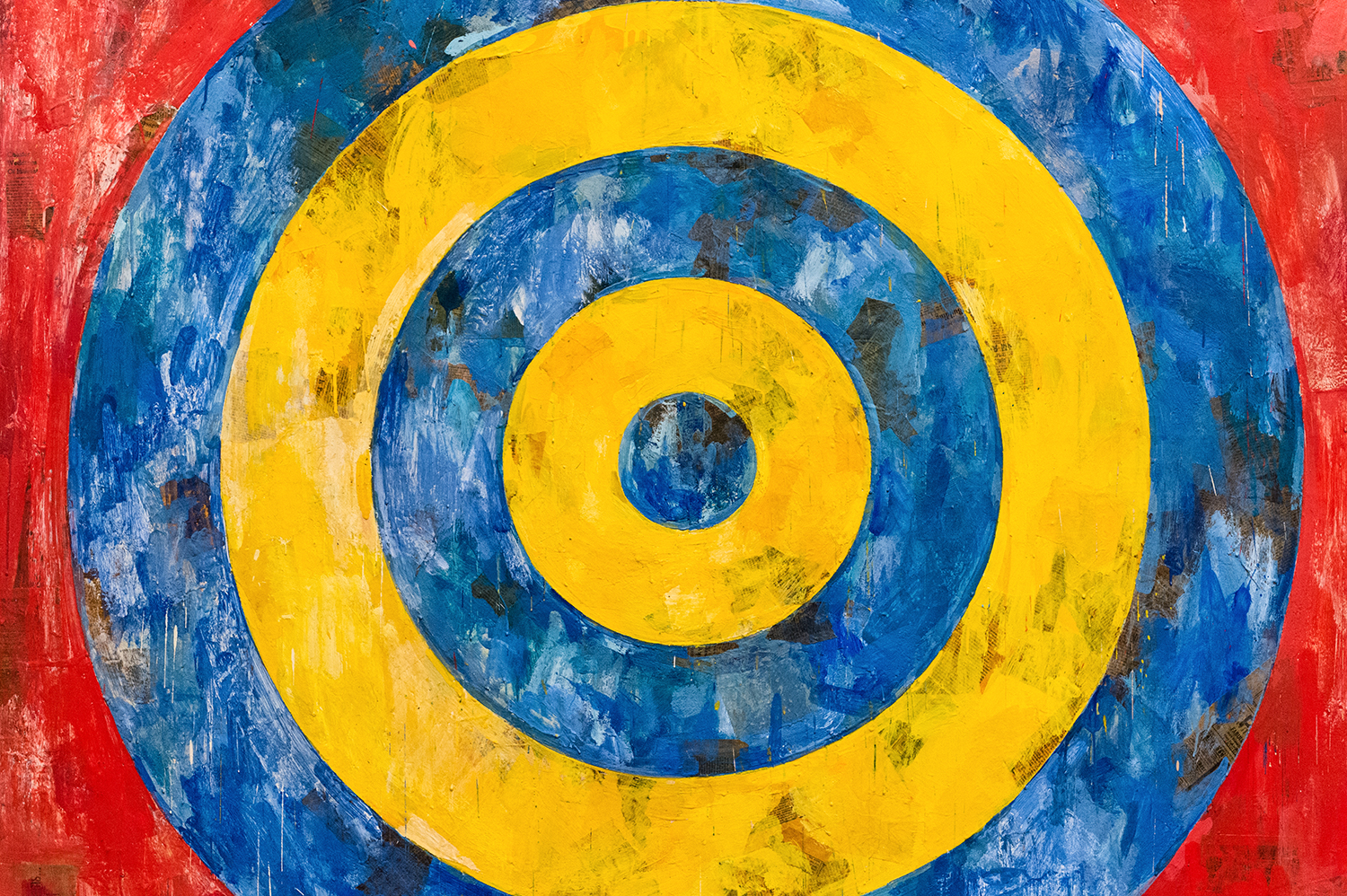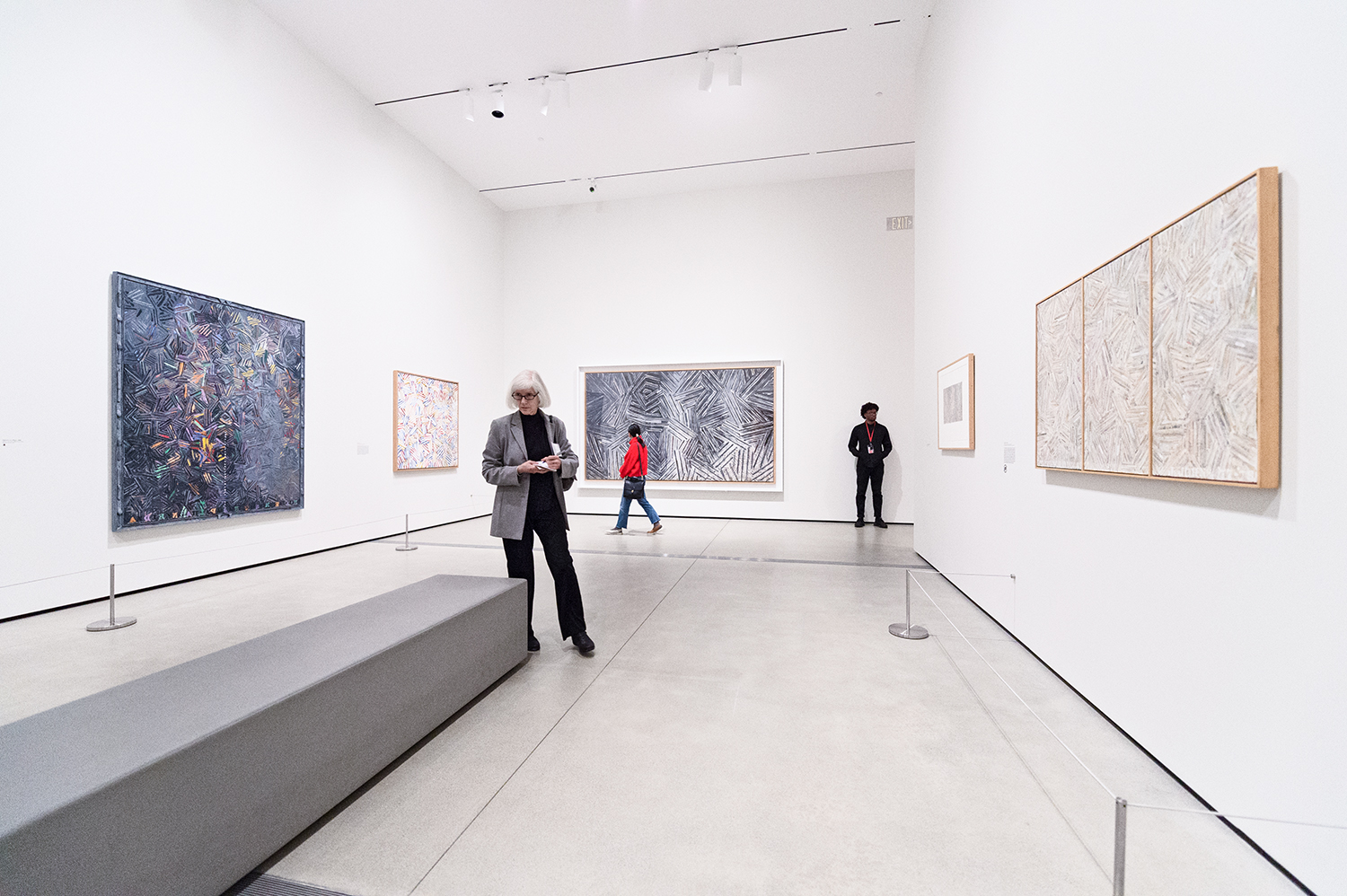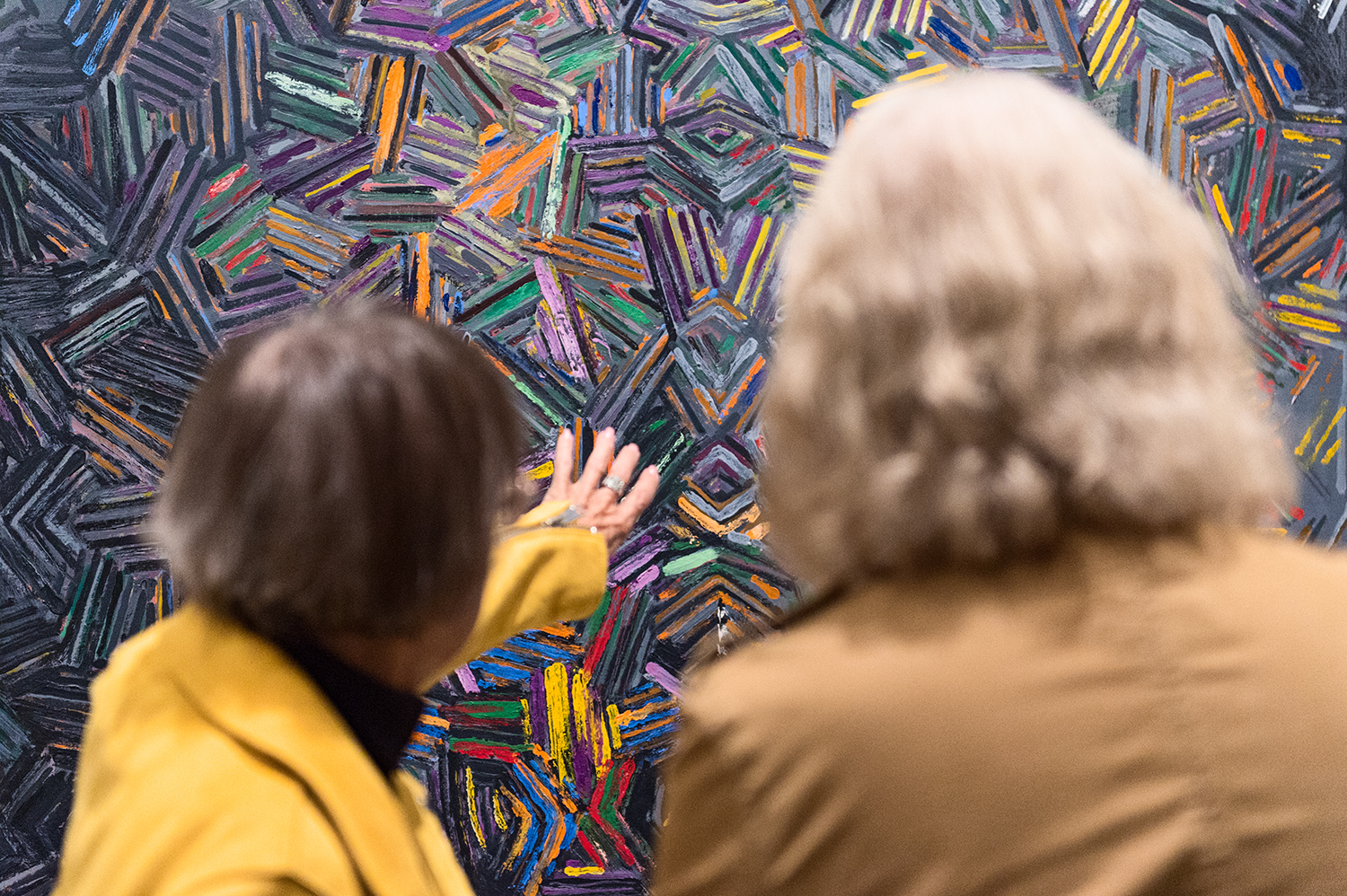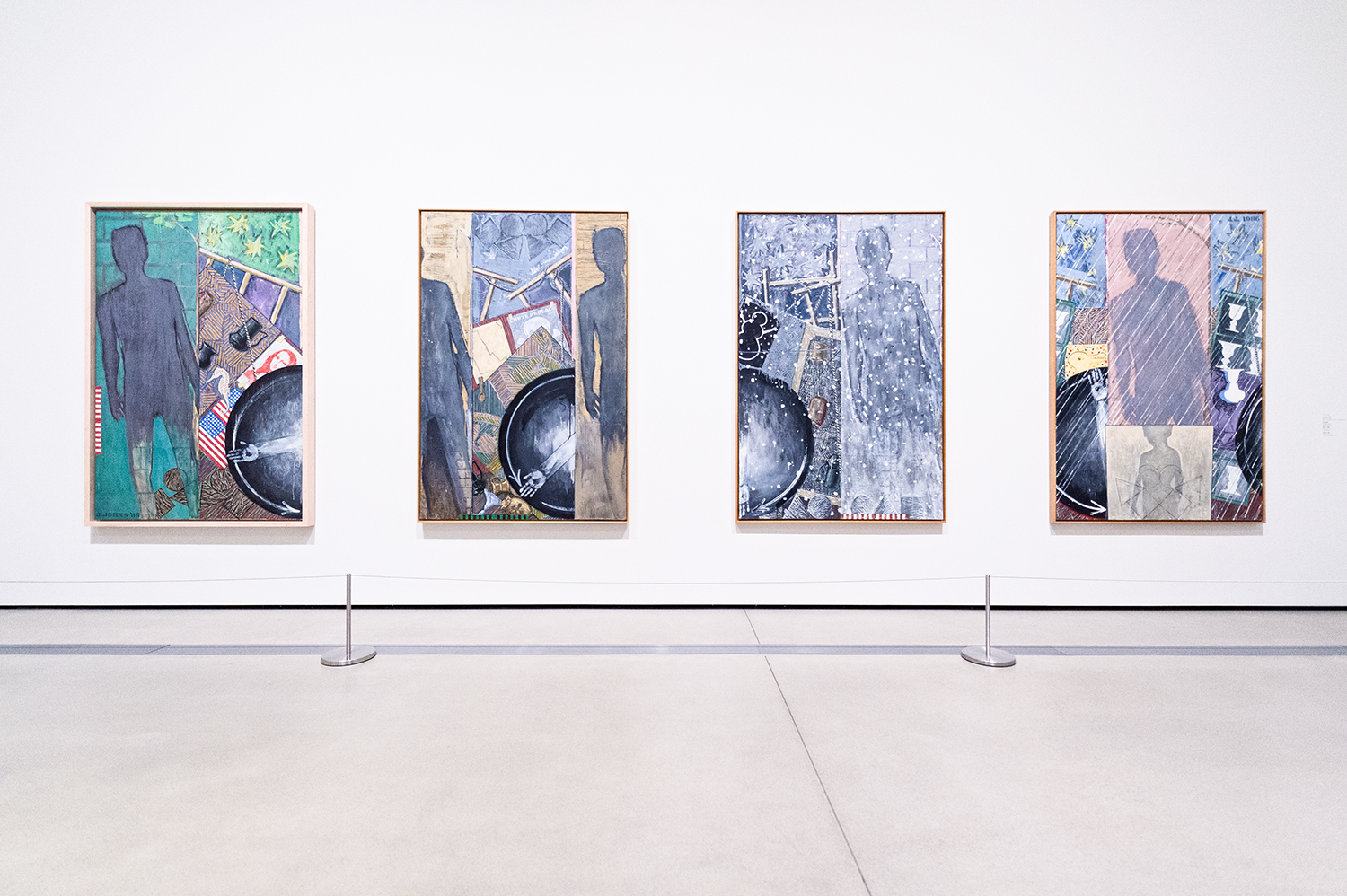Jasper Johns: 'Something Resembling Truth'
DTLA, Calif.— Saturday, February 10th, 2018 marked an official opening for the latest special exhibition from The Broad Museum entitled, Jasper Johns: “Something Resembling Truth.”
Created in collaboration between Royal Academy of Arts, London and The Broad, this landmark show brings together 127 of the most influential works of Johns, in what is not a retrospective, but rather an invitation to the viewer to look deeper into the subtle practice of Johns.
In addition, each gallery in the exhibition is a reflection of at least 30 years of art creation, as well as an examination of Johns’ continual use of similar themes throughout the years.
Edith Devaney of the Royal Academy, and Dr. Roberta Bernstein, a scholar on contemporary artists such as Johns, Ellsworth Kelly and Robert Rauschenberg, curated the exhibition. Director Joanne Heyler and The Broad’s associate curator Ed Schad are the show’s host curators.
“This is the first major Johns survey to be held in Southern California in more than 50 years,” said Joanne Heyler, Founding Director of The Broad. “A remarkable fact considering both the significance of Johns to Art, and the central position Los Angeles has in today’s Art world.”
Explorations of Johns’ themes, and how they reoccur throughout the span of his industrious career have never before been brought together in one exhibition. This then makes a landmark moment for the City of Los Angeles, and specifically the DTLA community, who has the privilege of presenting.
“It all began with a picture of an American Flag,” is a statement that has always preceded the career of American artist, Jasper Johns. Johns, who famously penned the proclamation, of course was referring to his iconic painting Flag (1954), which is commonly considered an origin point of his success.
Although Johns has never overtly communicated political messages or ideology through his art, a few interesting facts can’t help but make one think that Johns has had, from the beginning, a strong impression of our country.
First, Flag was created after Johns had a dream of an American flag waving in the wind. Second, Flag was created only two years after he was honorably discharged from military service. Third, Flag was created during a time when America had been radically changed by two large wars— WWII and The Korea War. Last, and most interestingly, Jasper Johns is named after Sergeant William Jasper, a Revolutionary War soldier who bravely raised the fallen Liberty Flag at Fort Moultrie during battle with the British.
It would seem that the irony was not lost on Mr. Johns. One can’t help but believe that he is speaking out through these iconic flags to the American public— and the world at large. They are beautiful, well constructed and express a great attention to detail; however, there is also a certain feeling of distress.
During Wednesday’s official press conference and preview of the show, Ed Schad offered those in attendance a verbal guide to the exhibition. “In lieu of a tour,” the information shared was very helpful when traveling through this immense body of work. Below is a full transcription:
Ed Schad, Associate Curator at The Broad:
It’s been a huge thrill for me to work on this exhibition and I’m very happy to share some of my favorite moments in the show with you. As Joanne mentioned, the first gallery, which you can all see right behind me, is full of the American flag, but this gallery is a piece of a larger category called, Things That the Mind Already Knows.
Jasper called them, “Things that are seen but are not looked at. Things that are in our ordinary lives but go unstudied.” These include targets, numbers, alphabets, maps, as well as objects that Johns has made into sculpture. There’s a delightful little sculpture called Bread, which I love.
Johns studies and transforms his objects, and in turn asks us to examine how we see them; you’ll see in the course of the exhibition that it’s possible to get into the why. Why do we see them? Why do we care about them?
Unique to this version of the exhibition, LACMA has generously loaned one of Johns’ earliest numbers, Figure 7 (1955), which is a delightful take on figure painting and the idea of a portrait. It’s also a riff on Willem de Kooning’s figure paintings.
We’re very happy to have Figure 7 come in proximity to Johns’ largest number, Figure 5 (1960) on loan from the Centre Pompidou.
As you move deeper into the exhibition, this idea of numbers, counting, keeping time and measurement is engaged much further. Specifically, the difference between those things in Art that we can measure: stretcher bars and surfaces; and those things in art that are harder to define: individual expression and emotion.
In the spirit of this pursuit, Device (1962), on loan from the Baltimore Museum of Art, features two hinged rulers that sweep through dense passages of black paint. It is a centerpiece of the gallery that we’re calling Painting is Object. Device (1962) joins False Start (1962), on loan from a private collection, and Painting with Ruler and ‘Gray’ (1960); leading viewers into a striking study of not only the act of painting, but how colors, patterns and even societal conventions become a sort of armature on which the tone and feeling of a painting can turn.
One of the highlights of the gallery entitled Words and Voices, is a painting on loan from the Museum of Contemporary Art Chicago called, In Memory of My Feelings – Frank O’Hara (1961). This is a very emotional painting for Johns, made at a particularly emotional moment in the wake of his break up with artist Robert Rauschenburg. But the extraordinary thing about this painting is that Johns is taking someone else's voice, specifically his friend Frank O’Hara, and making a painting from it. It’s one of my favorite moments in the show.
This idea of voice, as well as literature, will lead you into one of the most beautiful galleries of the exhibition in my opinion, which is called Time and Transients. Specifically, there is a beautiful painting on loan from Cleveland Museum of Art called, Usuyuki (1980).
As you move into the second half of the exhibition I’d like to draw your attention to a specific wall that is going to function as a sort of hinge in the exhibition; a grouping of two extraordinary paintings called, In the Studio (1982), and Fool’s House (1964). Both of these paintings make a distinction between a person’s home, where one lives, and where one makes art. In Fool’s House for instance, a dishtowel can become a canvas, a cup can become a storage space for wet paint, and a broom can stand in for a paintbrush. Right next to it, In the Studio accumulates even more techniques and objects to understand the place where Johns works. In this painting we see all the toolboxes and devices in his studio becoming a site of memory, a place of taking stock of one’s life, a place where one can return to one’s origins and evolve.
I love that painting.
This will set you up for the remainder of the galleries, which features Perilous Night (1982), on loan from the National Gallery; and The Seasons: Spring, Summer, Fall, Winter (1987), which is particularly special to have them all in one exhibition.
At The Broad, Watchmen (1964) is an extraordinary painting for us— it’s very special. Watchmen is joined by the painting that was made alongside it when Johns did a brief stint in Tokyo, Souvenir (1970).
Souvenir and Watchmen are together at The Broad, which is incredible.
Next to these paintings are two extraordinary prints, which provide a wonderful context for Watchmen. They are Passage 1 (1966) and Decoy (1971).
I can’t wait for you to see everything. We look forward to showing you around, and I guess we should get to it. Thank you.
The Broad • 213.232.6200 • 221 S. Grand Avenue



